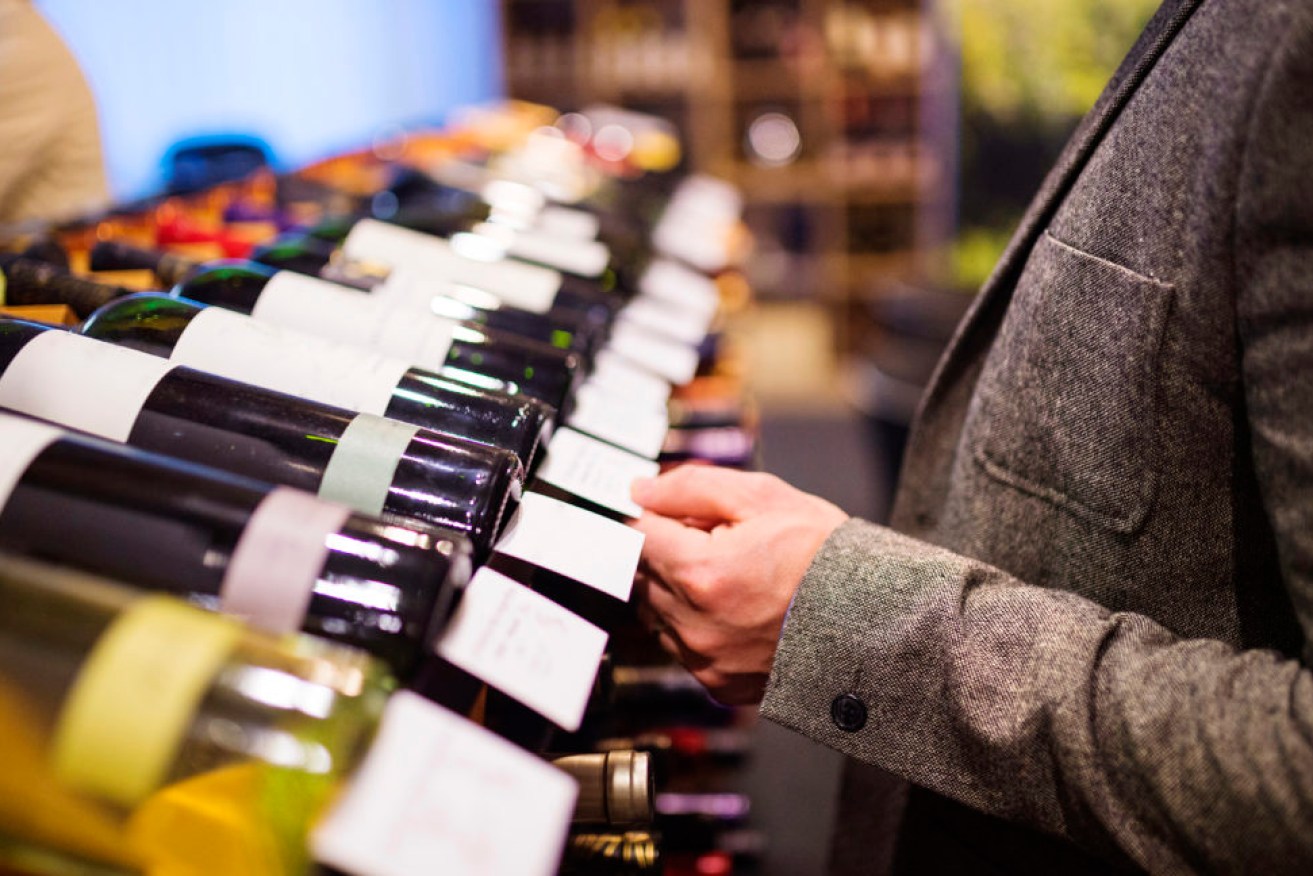SA wine industry report reveals pain of pandemic, China hit
More than 40 per cent of South Australian wineries experienced a decrease in sales in the 2020-21 financial year as Chinese tariffs, labour shortages and the coronavirus pandemic generated unprecedented challenges to growth, a local wine industry report has found.


Bentleys SA and the South Australian Wine Industry Association (SAWIA) today released their fifth annual South Australian Wine Industry Snapshot report, with a focus on the effects of the China wine duties, limited labour availability and COVID-19.
Through detailed interview surveys with 116 South Australian wine businesses of varying sizes from all of the state’s major wine regions, the report found that 91 per cent of the businesses had been negatively impacted by COVID-19.
This included a decline in sales for 42 per cent of businesses. About 30 per cent of the businesses were also affected by border closures and a decrease in visitors.
More than two-thirds of the 166 wine companies that responded to the survey had been exporting to China before tariffs of more than 200 per cent were imposed on Australian wine last November.
Of those businesses, 57 per cent have quit the Chinese market altogether and only 22 per cent plan to continue exporting there.
Latest Wine Australia figures released last month show national export volumes for the 12-months to September 30 fell by 17 per cent to 638 million litres, while the export value fell 24 per cent to $2.27 billion.
The figures reflect a 76 per cent fall in sales to mainland China in the 12-month period to $274 million after tariffs of more than 200 per cent were imposed last November.
The SA Wine Industry Snapshot found that 76 per cent of wine businesses were looking to enter new export markets in the wake of the China tariffs while 44 per cent had already begun sending wine to new overseas destinations.
About half of the 116 wine businesses were also looking to increase retail and wholesale distribution within Australia.
SAWIA Chief Executive Brian Smedley said the loss of the China bottled wine export market and business operating restrictions related to the COVID-19 pandemic were two unprecedented events forced upon the local industry in the past year.
“These two events have had a negative impact on wine businesses, but they are responding by adapting their business strategies with innovative solutions,” he said.
“Wine businesses are looking at the diversification and innovation of their products, as well as targeting new demographics and new markets to overcome the increased domestic competition and the loss of the China market.”
South Australia is responsible for about 50 per cent of Australia’s annual wine production.
The South Australian Wine Industry Snapshot found that a high-yielding, high quality 2021 vintage following two below average years was the most positive outcome for the industry this year.
However, it also found that labour shortages were a major challenge for the industry in the 2020-21 financial year with staff availability impacting two-thirds of businesses.

A shortage of vineyard workers has been a major issue for many SA wineries. Picture courtesy Barossa Grape & Wine.
Most affected areas included workers in the vineyards such as grape pickers and viticulturists and hospitality staff in cellar doors. There was also a shortage of cellar hands and winemakers.
“Those struggling to employ vineyard staff attribute this mostly to lack of experienced talent pool (67 per cent), regional location (58 per cent) and the cost of labour (50 per cent),” the report said.
“This will be a long-term issue which will require careful industry planning, training and experience.”
The report found that small wineries were the most vulnerable and more government support was needed.
“The significant decrease in international market size has yet to be offset with other trade markets. Responses indicate that most are worried about general stability in the industry,” it said.
“There is concern that without continued government intervention to improve exports, the domestic market will not provide enough demand, having the greatest consequences for micro and small businesses.
“Given the many challenges faced by the wine industry in 2021 from COVID-19 related issues and restrictions to the China wine market, mental health was also flagged as a key point of concern for most respondents.”
The report found that the primary strategies employed to adjust to a changing industry include: increasing market penetration (existing market, existing product); improving profit margins; geographic expansion (new market, existing product); product development (existing market, new product); and diversification (new market, new product).
In the latest Wine Australia figures, the UK was the only major market to show growth.
Smedley said the industry would continue to respond to challenges and invest for the long term.
“The wine industry has demonstrated strong resilience over many decades,” he said.
“While the Government has been able to secure new trade deals with the UK, there needs to be continued industry support through these trying times to safeguard the future of markets.
“Challenges include a shortage of skilled workers, an impact that must be addressed.”




